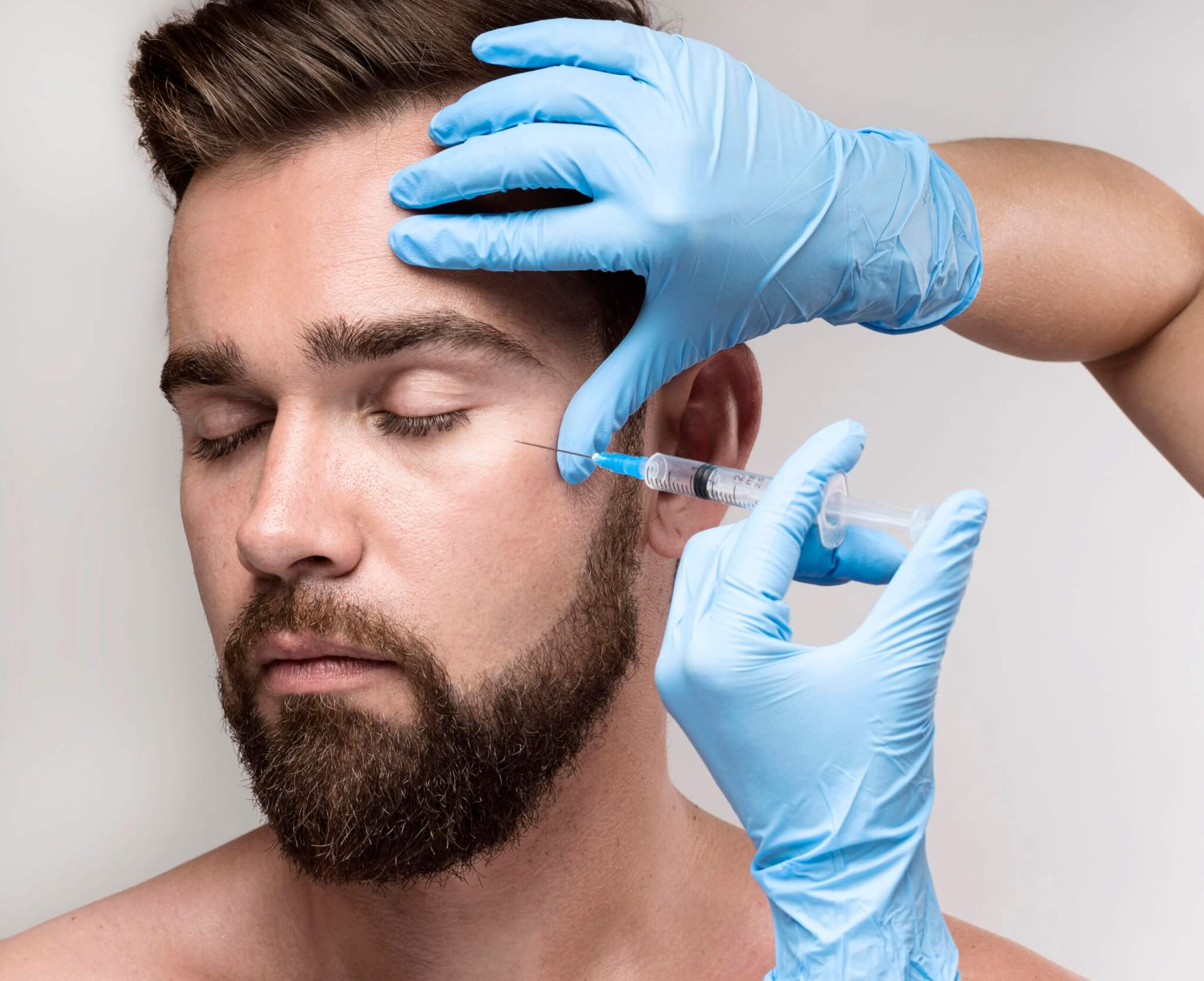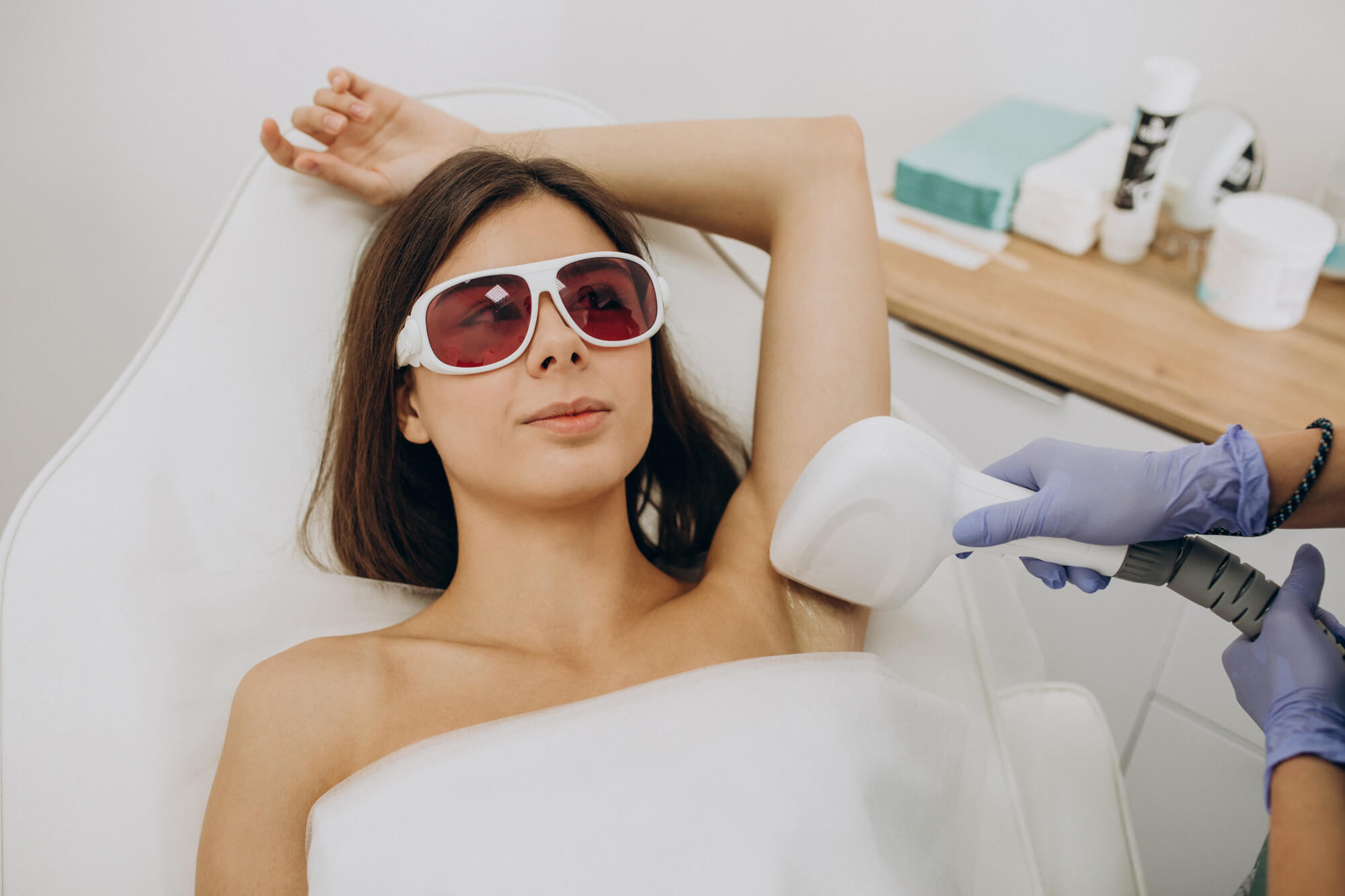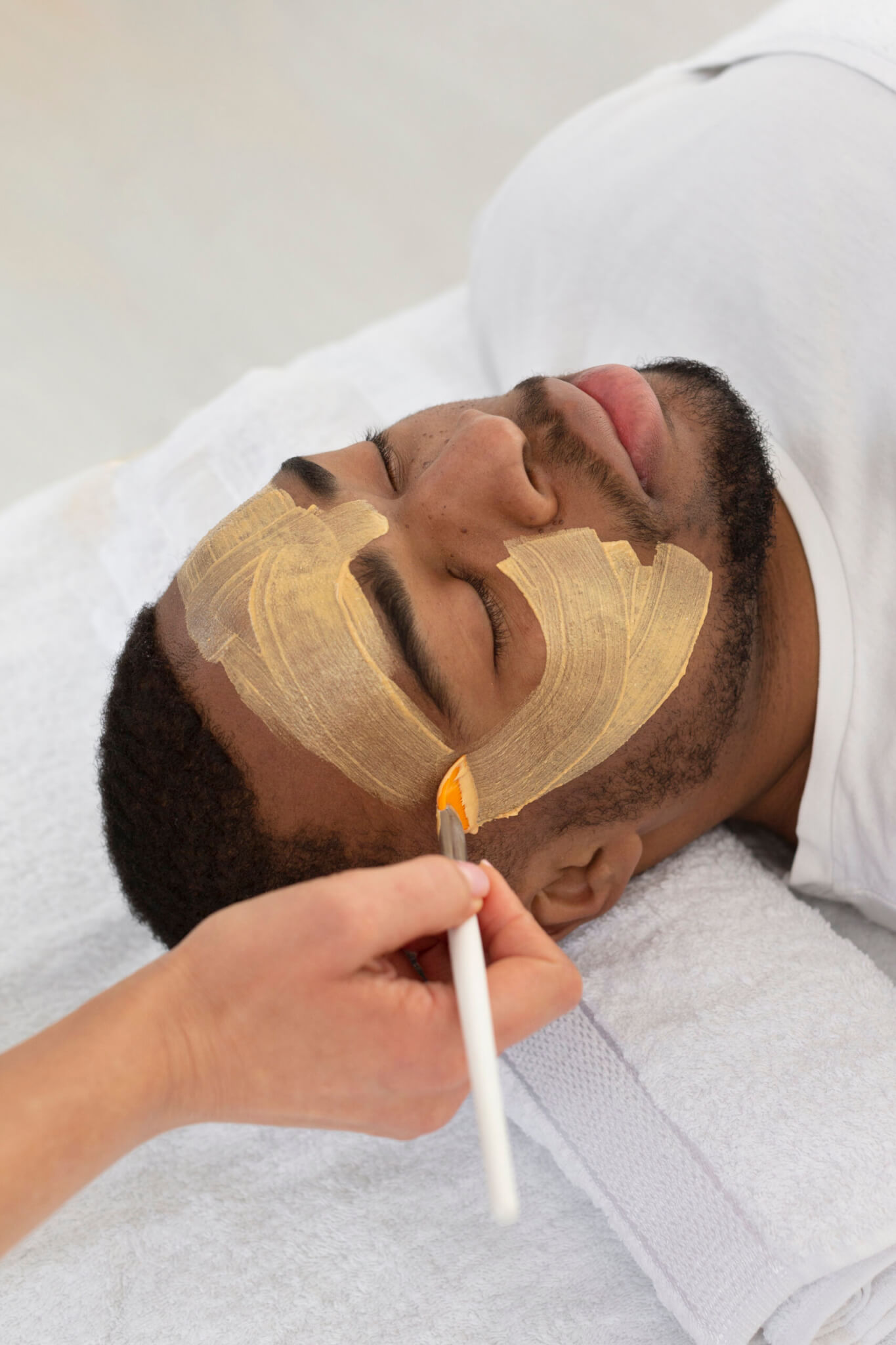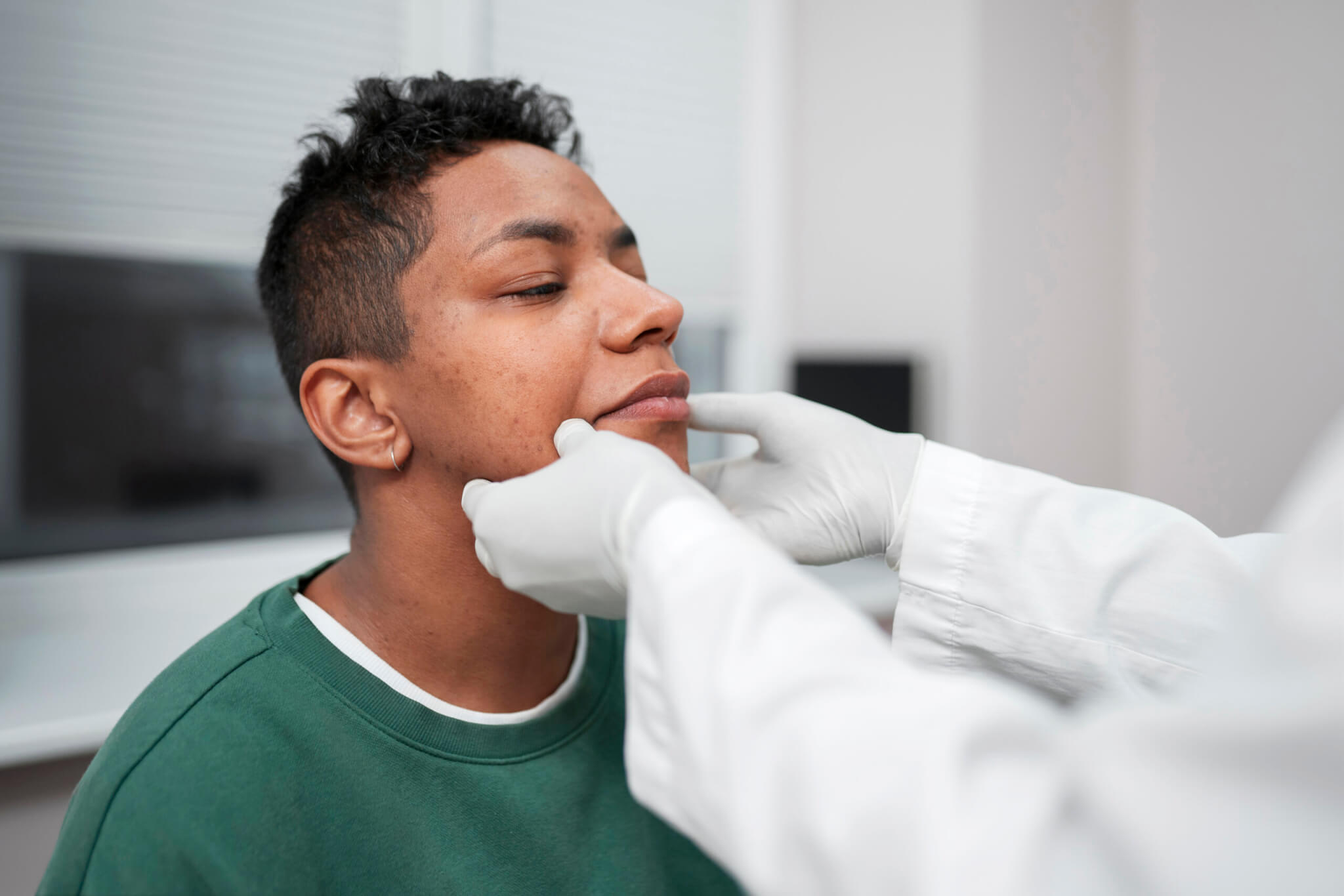When it comes to skincare, misinformation abounds. From old wives’ tales to viral social media trends, myths about achieving clear skin can lead to frustration, wasted money, and even skin damage. At Dermartisan, we believe in empowering you with science-backed truths to help you achieve a radiant complexion. In this article, we’ll debunk some of the most common skin myths and share what really works for clear, healthy skin.
Myth 1: You Can Shrink Your Pores
One of the most persistent skincare myths is that you can permanently shrink your pores. Social media is flooded with products claiming to “erase” or “minimize” pores, but the truth is, pore size is largely determined by genetics and cannot be changed permanently. Pores are tiny openings in the skin that allow sebum (oil) and sweat to reach the surface, and factors like skin type, age, and hormones influence their size.
The Truth
While you can’t shrink pores, you can make them appear smaller. Clogged pores filled with oil, dirt, or dead skin cells can stretch and look more prominent. Regular cleansing with a gentle, non-comedogenic cleanser can keep pores clear. Exfoliating with chemical exfoliants like salicylic acid or glycolic acid can also remove dead skin cells, preventing buildup. Additionally, using a retinoid (like retinol or prescription tretinoin) can increase cell turnover, keeping pores less congested and refining their appearance over time.
What Works: Incorporate a consistent skincare routine with a gentle cleanser, chemical exfoliant (1-2 times per week), and a retinoid (consult a dermatologist for prescription options). Products with niacinamide can also help regulate sebum production, making pores appear less noticeable.
Myth 2: Oily Skin Doesn’t Need Moisturizer
Many people with oily skin skip moisturizer, believing it will make their skin greasier. This myth can lead to dehydrated, irritated skin that overproduces oil to compensate.
The Truth
All skin types, including oily skin, need hydration. Skipping moisturizer can disrupt the skin’s moisture barrier, leading to increased oil production as the skin tries to protect itself. This can exacerbate acne and shine. Lightweight, non-comedogenic moisturizers formulated for oily skin can hydrate without clogging pores.
What Works: Look for gel-based or oil-free moisturizers with ingredients like hyaluronic acid or glycerin. These provide hydration without a heavy feel. For acne-prone skin, consider moisturizers with calming ingredients like centella asiatica or green tea extract to reduce inflammation.
Myth 3: Tanning Clears Acne
The idea that tanning—whether from the sun or a tanning bed—can clear acne is a dangerous myth. While a tan might temporarily mask redness or make acne less noticeable, UV exposure does not treat acne and can cause significant harm.
The Truth
UV rays from the sun or tanning beds can dry out the skin, temporarily reducing oiliness, but this comes at a cost. UV exposure damages the skin’s DNA, accelerates aging, and increases the risk of skin cancer. It can also worsen acne in the long run by causing inflammation and post-inflammatory hyperpigmentation (dark spots). Some acne medications, like retinoids or benzoyl peroxide, make skin more sensitive to UV rays, increasing the risk of burns or irritation.
What Works: Treat acne with proven ingredients like benzoyl peroxide, salicylic acid, or retinoids. Always wear a broad-spectrum SPF 30+ sunscreen daily, even on cloudy days, to protect your skin. Non-comedogenic sunscreens formulated for acne-prone skin won’t clog pores.
Myth 4: You Don’t Need Sunscreen Indoors
Many people believe sunscreen is only necessary when spending extended time outdoors. With modern lifestyles involving hours in front of screens, this myth can leave skin vulnerable to damage.
The Truth
While indoor lighting doesn’t emit UVB rays (the primary cause of sunburn), UVA rays from windows and blue light from screens can still penetrate the skin. UVA rays contribute to premature aging, hyperpigmentation, and skin cancer risk. Blue light may also trigger oxidative stress, potentially worsening conditions like melasma.
What Works: Apply a broad-spectrum SPF 30+ sunscreen every morning, even if you’re staying indoors. Mineral sunscreens with zinc oxide or titanium dioxide are excellent for sensitive skin and provide broad-spectrum protection. Reapply every two hours if you’re near windows or spending time outside.
Myth 5: Natural Ingredients Are Always Better
The rise of “clean beauty” has fueled the belief that natural or organic ingredients are inherently safer or more effective than synthetic ones. While some natural ingredients are beneficial, this isn’t a universal truth.
The Truth
“Natural” doesn’t always mean safe or effective. Some natural ingredients, like essential oils, can irritate sensitive skin or cause allergic reactions. Conversely, synthetic ingredients like hyaluronic acid or niacinamide are often better studied and formulated for stability and efficacy. The key is to focus on evidence-based ingredients, whether natural or synthetic.
What Works: Choose products backed by clinical research, regardless of whether they’re natural or synthetic. Ingredients like vitamin C (antioxidant), retinoids (cell turnover), and ceramides (moisture barrier) are proven to benefit skin health. Always patch-test new products to avoid irritation.
Myth 6: Acne Is Caused by Dirty Skin
A common misconception is that acne results from poor hygiene, leading people to over-cleanse or scrub their skin aggressively. This can worsen acne and damage the skin barrier.
The Truth
Acne is primarily caused by a combination of factors, including excess sebum production, clogged pores, bacteria (Cutibacterium acnes), and inflammation. Overwashing or using harsh scrubs can strip the skin’s natural oils, leading to irritation and increased oil production. Diet, hormones, and stress also play significant roles.
What Works: Cleanse twice daily with a gentle, pH-balanced cleanser. Use treatments targeting acne’s root causes, such as salicylic acid for clogged pores or benzoyl peroxide to kill acne-causing bacteria. If acne persists, consult a dermatologist to explore hormonal or prescription treatments.
Myth 7: You Can Spot-Treat Acne Forever
Spot treatments are a go-to for many, but relying solely on them to manage acne is a flawed approach. Applying a dab of benzoyl peroxide or salicylic acid on a pimple might help, but it doesn’t address the underlying causes of acne.
The Truth
Spot treatments can reduce the size and redness of individual pimples, but they don’t prevent new breakouts. Acne is a chronic condition for many, requiring a comprehensive skincare routine to manage oil production, exfoliation, and inflammation across the entire face.
What Works: Use spot treatments as part of a broader routine that includes cleansing, moisturizing, and preventive treatments like retinoids or niacinamide. For stubborn acne, a dermatologist may recommend oral medications or professional treatments like chemical peels.
Myth 8: Expensive Products Are Always Better
The skincare industry is filled with luxury products promising miraculous results, leading many to believe that pricier equals better. However, a high price tag doesn’t guarantee efficacy.
The Truth
Effective skincare doesn’t have to break the bank. Many affordable products contain the same active ingredients—like retinoids, vitamin C, or hyaluronic acid—as their luxury counterparts. What matters is the formulation, concentration, and stability of active ingredients, not the brand name.
What Works: Research ingredient lists and choose products with proven actives in appropriate concentrations. For example, a 10-20% vitamin C serum with added vitamin E and ferulic acid is highly effective for brightening. Dermartisan’s range offers affordable, science-backed solutions for all skin types.
What Really Works for Clear Skin
Achieving clear skin requires a consistent, evidence-based routine tailored to your skin type and concerns. Here’s a simple framework to get started:
-
Cleanse Gently: Use a non-comedogenic cleanser twice daily to remove dirt, oil, and makeup without stripping the skin.
-
Exfoliate Wisely: Incorporate chemical exfoliants like salicylic acid or lactic acid 1-2 times per week to prevent clogged pores.
-
Treat Actively: Use targeted treatments like retinoids, benzoyl peroxide, or niacinamide to address acne, texture, or hyperpigmentation.
-
Moisturize Daily: Hydrate with a lightweight, non-comedogenic moisturizer to maintain the skin barrier.
-
Protect with SPF: Apply broad-spectrum SPF 30+ every morning to shield against UV damage.
-
Consult a Professional: For persistent concerns, a dermatologist can recommend prescription treatments or procedures.
Final Thoughts
Clear skin is achievable, but it starts with separating fact from fiction. By debunking these common myths, we hope to empower you to make informed choices for your skincare journey. At Dermartisan, we’re committed to providing science-backed products and advice to help you achieve a healthy, radiant complexion. Visit Dermartisan.com to explore our range of effective, affordable skincare solutions designed for real results.
Word count: 1,498






